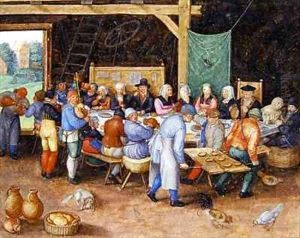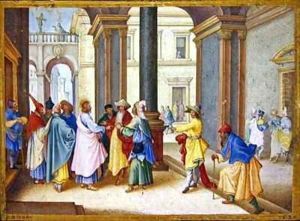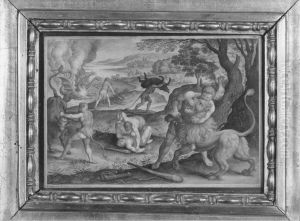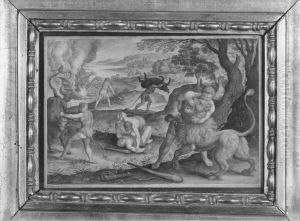Friedrich Brentel Paintings
Friedrich Brentel was a German artist, born in 1580 in Lauingen, a town in the Bavarian region of Swabia. He was known primarily as an engraver and miniature painter during the early Baroque period. Brentel came from an artistic family; his father, Georg Brentel the Elder, was also a painter. This familial connection likely provided Friedrich with his initial training and exposure to the art world.
Brentel's work as an artist began to gain recognition, and he became known for his intricate engravings and detailed miniature portraits. His style was characterized by precise line work and attention to the fine details of his subjects, which was typical for the period’s engravers. Brentel's miniatures were often small, delicate, and intended for personal use, serving as mementos or tokens of affection among the European elite.
In 1602, Friedrich Brentel moved to Strasbourg, which was a free city at the time and a flourishing center for arts and culture. It was here that he established himself further as an artist. He married Maria Magdalena Imhoff in 1609, who came from a family of publishers and book dealers, and this connection may have helped him in the dissemination of his engravings. The couple had several children, including daughters who also became painters.
Brentel's reputation continued to grow, and he was appointed court painter to the Duke of Lorraine in 1620. This position provided him with a stable income and allowed him to work on a variety of projects, including portraits, landscapes, and engravings that depicted court life and ceremonies. His work from this period reflects the influence of the court, with a focus on elegance and representation of the aristocracy's opulence.
During the Thirty Years' War, Brentel's life and career were disrupted. The war brought economic hardship and instability to the region, which affected artists and the commissioning of art. Despite these challenges, Brentel continued to work and produce art, although the exact details of his later career are less documented.
Friedrich Brentel died in 1651 in Strasbourg. While he may not be as widely known today as some of his contemporaries, his work remains a testament to the skilled craftsmanship of miniature painting and engraving in the early Baroque period. His legacy is preserved in various European collections, where his miniatures and engravings continue to be studied and appreciated for their historical and artistic value.




